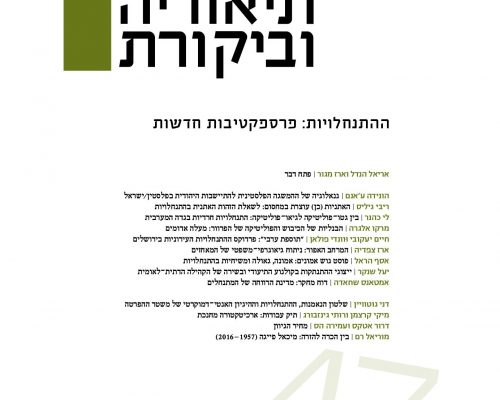Representations of the Disengagement in Documentary Cinema and Poetry of the National-Religious Community in Israel /
Yael Shenker
This article explores the representation of the settlement project in works produced by National-Religious film-directors and poets in Israel during and in the wake of the disengagement from the Gaza Strip and four settlements in the West Bank. The representation of the settlement as being under existential threat reveals the complex relations between the settler community, the National-Religious population, and secular Israeliness. Whereas some parts of the National-Religious population perceive themselves as an elite moral and religious minority, many of the settlement leaders consider themselves also as preservers of the original, authentic values of Zionism who seek to “settle in the heart.” The complexity inherent in the delicately balanced coexistence of these views yields an ambiguous representation of the settlements in the cinematic and literary works discussed in the article. The documentation in these works preserves not only the evacuated settlement as a nostalgic utopia but also as one that lives on in the document, amid those conflicting images – and one that may become real again in the future. Indicating a political practice no less than a religious or national yearning, these images expose a multiplicity of voices and views among the settlers. By highlighting the existence of these multiple voices, the article seeks to stimulate critical thinking about the widespread conflation in Israeli discourse of National-Religious views with identification with the settlement project.


